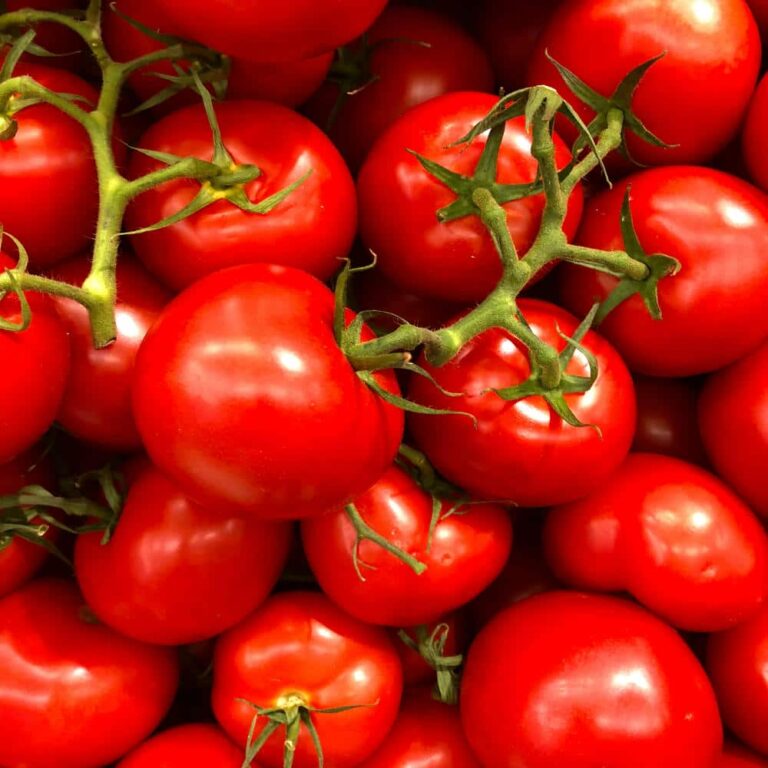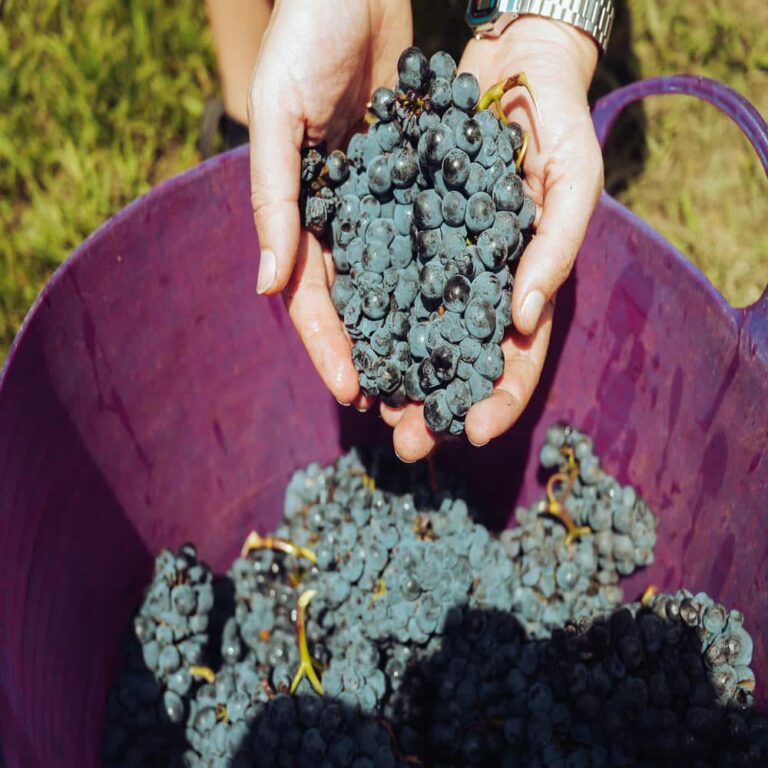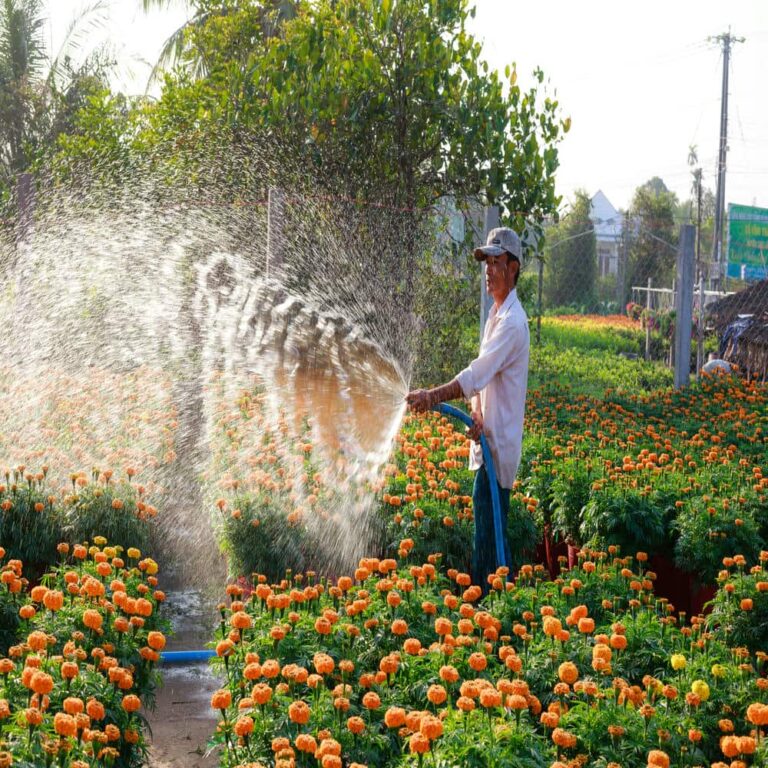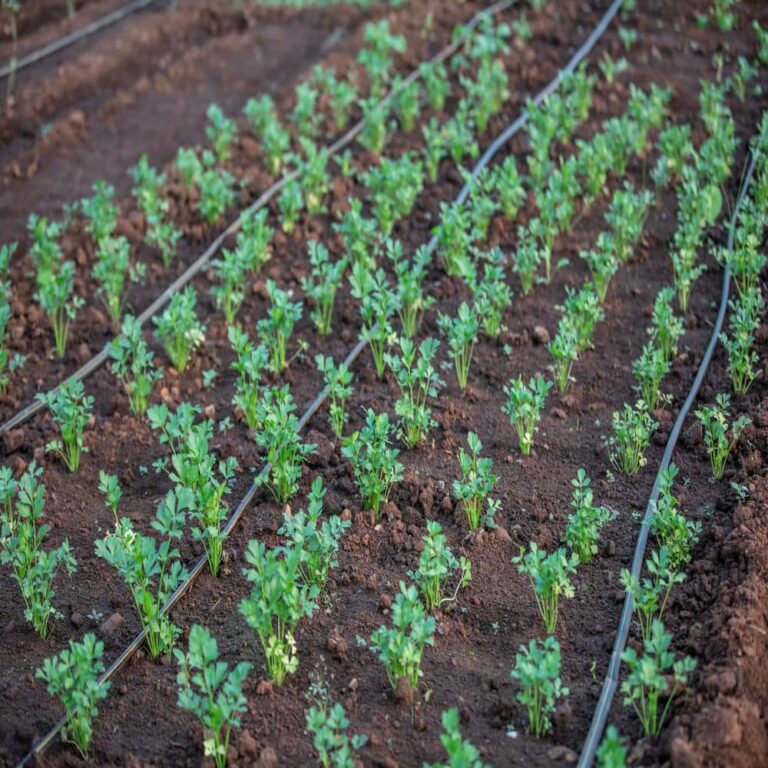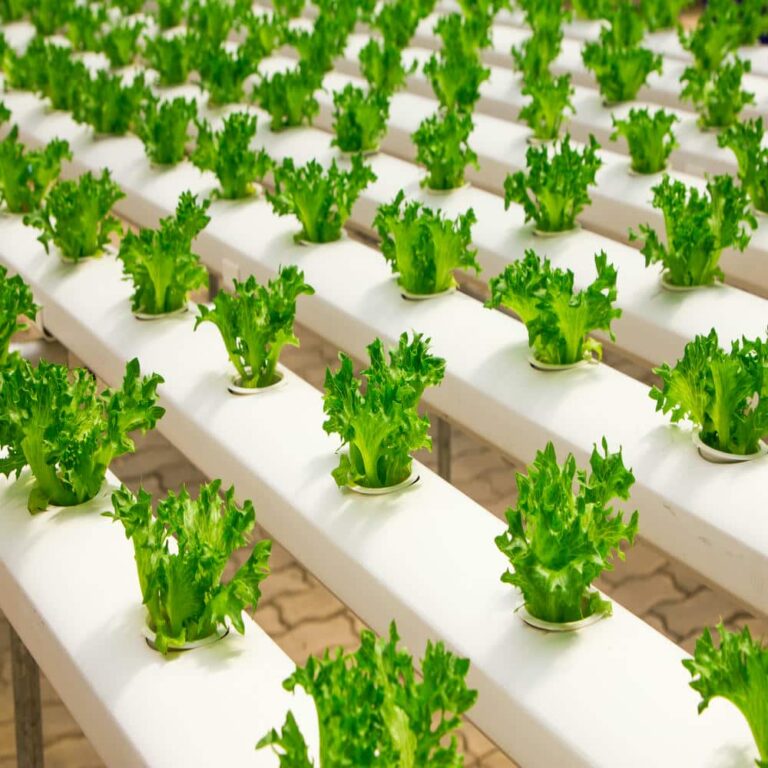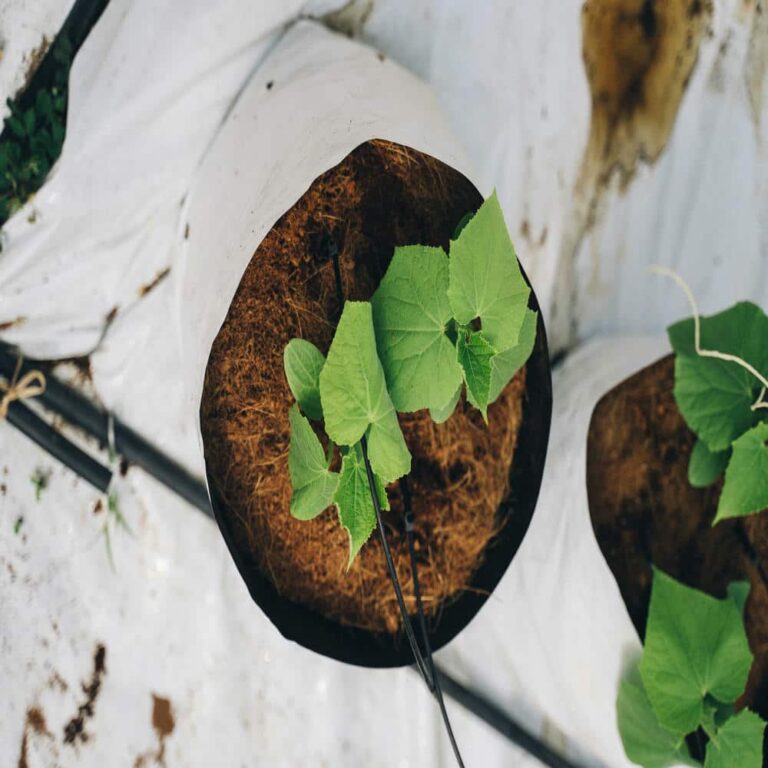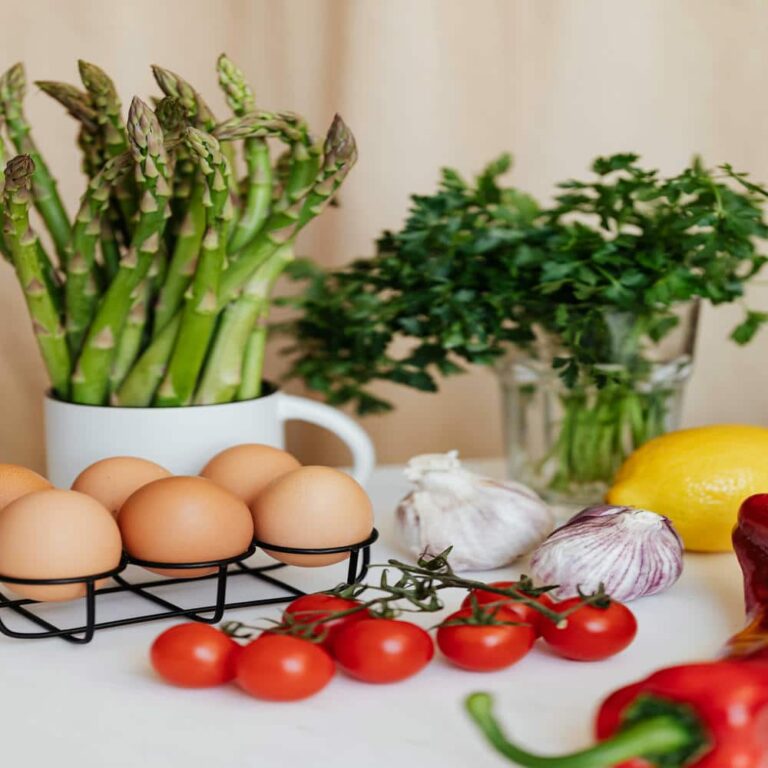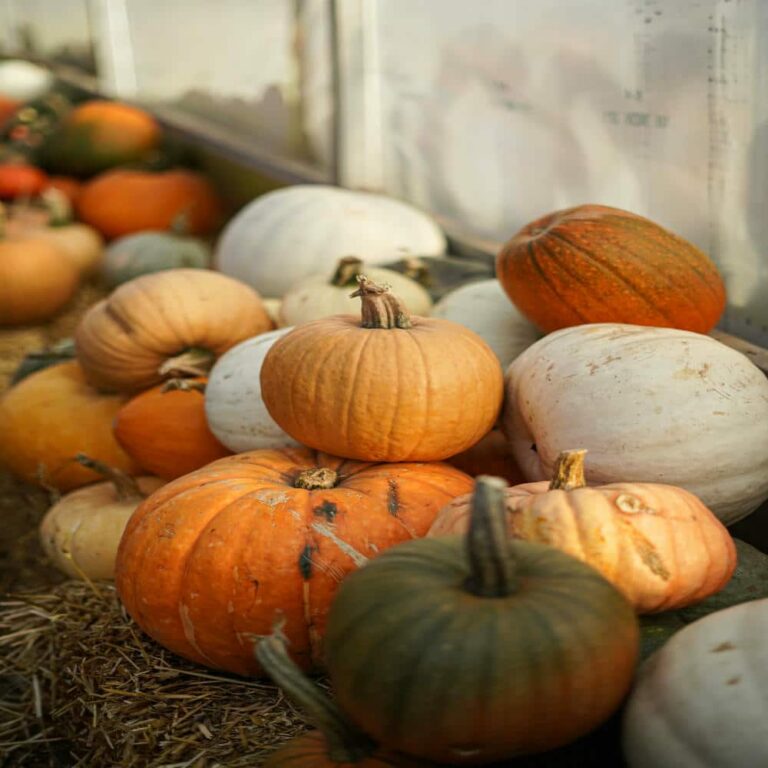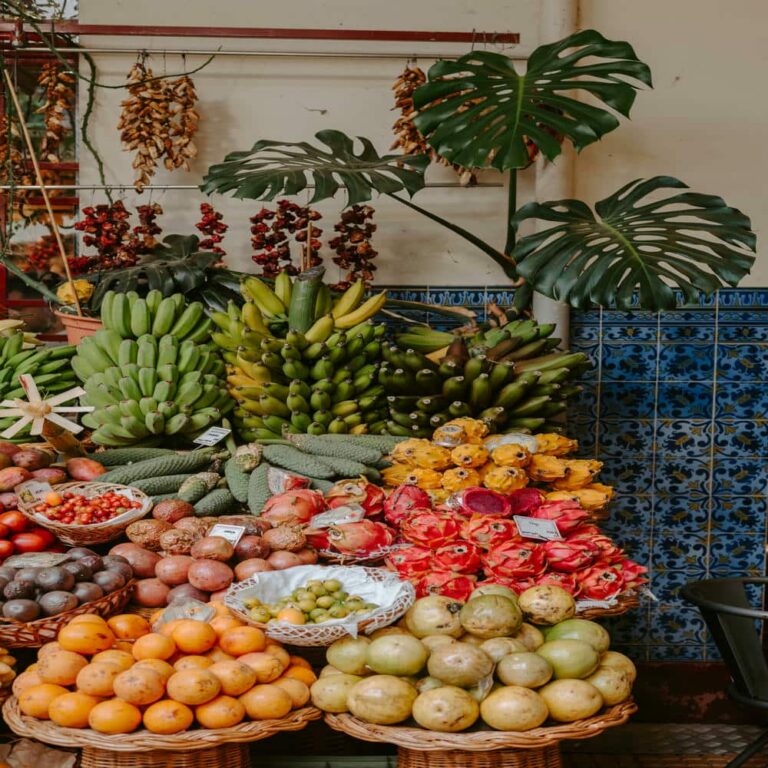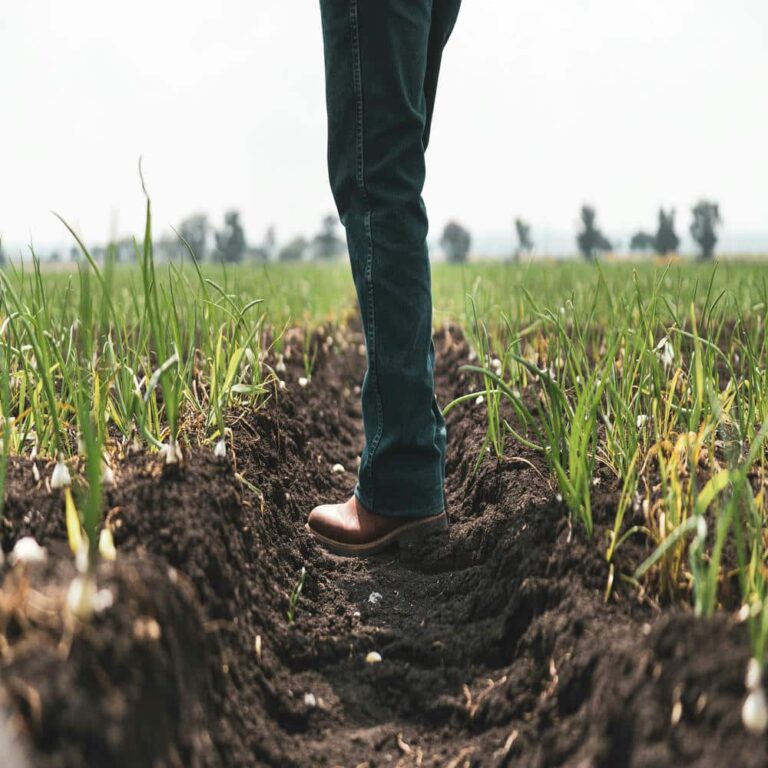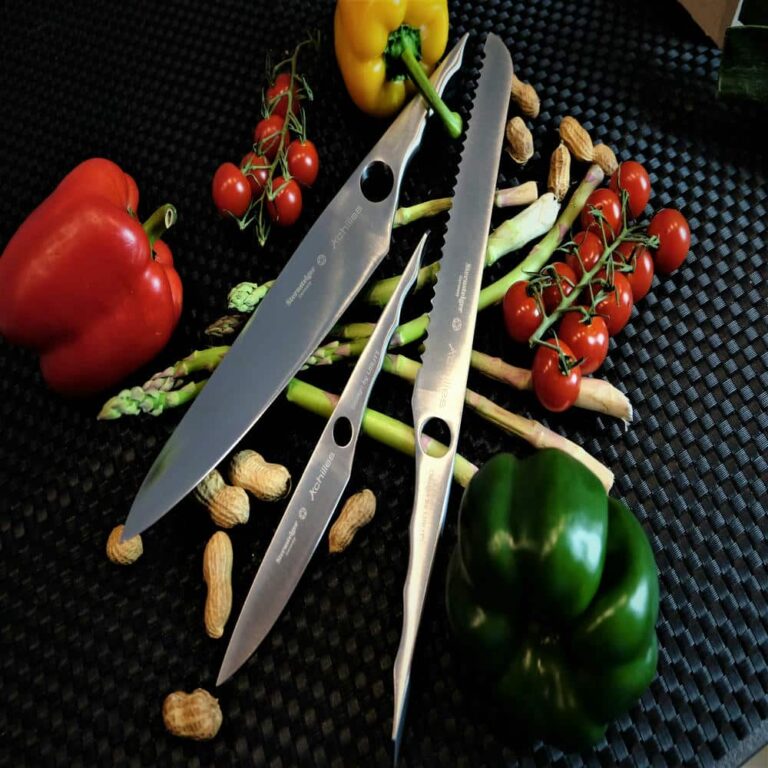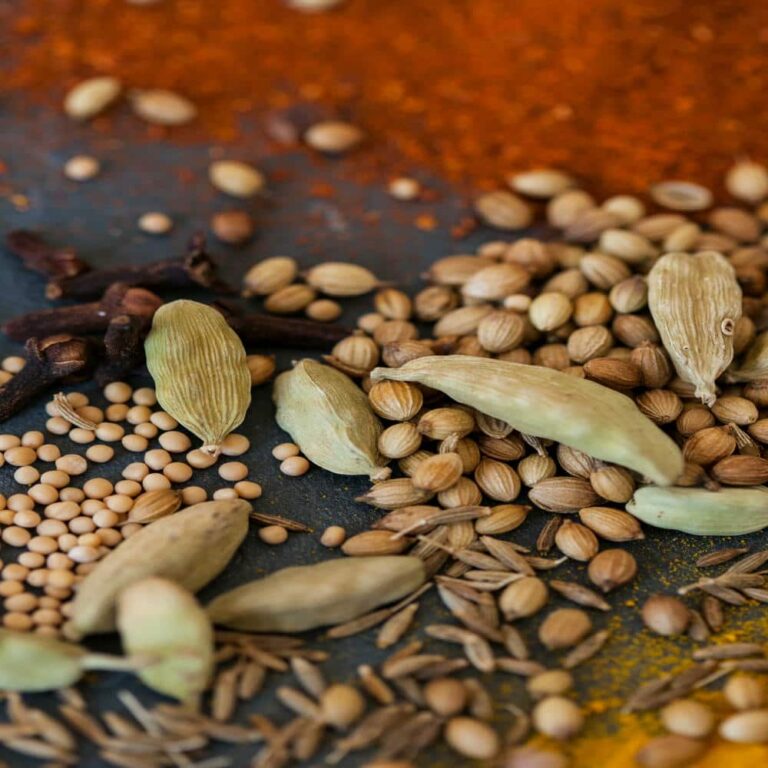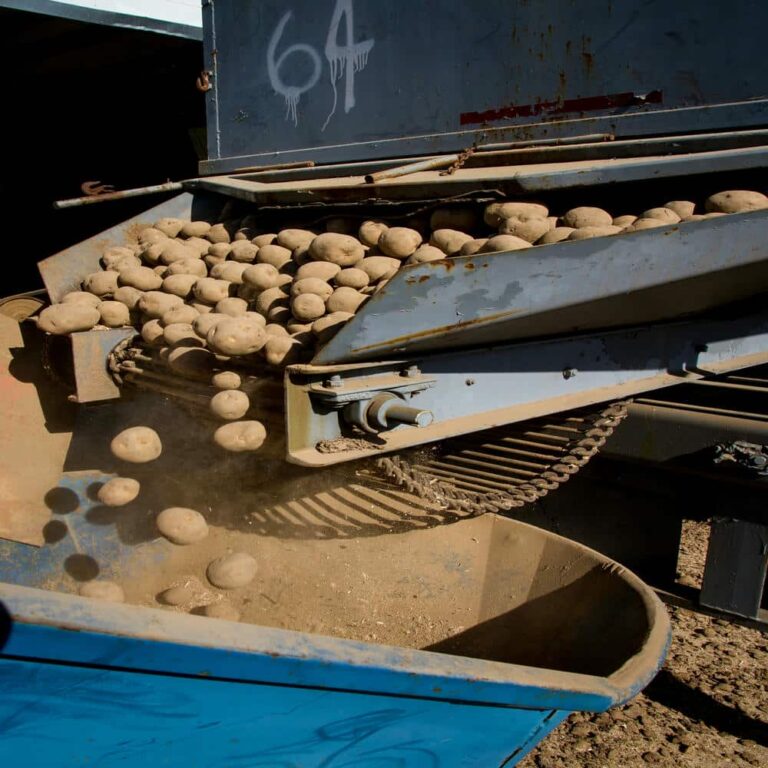
1. Preparing and Enriching Your Soil for Maximum Productivity
Soil is the foundation of a thriving garden, and proper preparation ensures plants have the nutrients and structure they need. Start by testing your soil’s pH and nutrient content to determine what amendments are necessary. Incorporate compost, organic matter, and fertilizers to enrich the soil, improve drainage, and promote healthy root development.
Loosening compacted soil enhances aeration and water infiltration, while mulching helps retain moisture and regulate temperature. Healthy, well-prepared soil supports vigorous growth, increases plant resilience, and improves yields. By investing time in soil preparation, you set the stage for a garden that is productive, low-maintenance, and sustainable.
2. Choosing the Right Plants for Your Garden Environment
Selecting plants suited to your climate, soil type, and available sunlight is key to garden success. Research seasonal planting calendars and choose a mix of vegetables, herbs, and flowers that thrive locally. Consider growth habits, spacing requirements, and companion planting to maximize productivity and minimize pest issues.
Diversity in plant selection attracts pollinators, improves soil health, and ensures a continuous harvest. Matching plants to your garden’s environmental conditions reduces stress, enhances flavor and yield, and supports sustainable growth. Thoughtful plant selection creates a balanced ecosystem that benefits both your crops and the surrounding environment.
3. Planting Techniques: Seeds, Seedlings, and Spacing
Proper planting techniques ensure strong plant establishment and long-term growth. Sow seeds at recommended depths, water gently, and maintain consistent soil moisture for germination. Transplant seedlings carefully to avoid root disturbance, spacing plants to allow adequate air circulation and sunlight exposure.
Using raised beds or containers can improve drainage and soil quality while facilitating easier maintenance. Following correct spacing guidelines reduces competition for nutrients, prevents disease spread, and ensures healthy, uniform crops. By mastering planting techniques, you lay the foundation for a productive and thriving garden from the very start.
4. Garden Care: Watering, Fertilizing, and Pest Management
Consistent garden care is essential for healthy plants and high yields. Water deeply and regularly, tailoring irrigation to plant needs and soil conditions. Apply organic or slow-release fertilizers to maintain nutrient levels, and monitor soil moisture with simple tests or sensors.
Integrated pest management minimizes chemical use while keeping harmful insects at bay. Companion planting, natural predators, and homemade repellents are effective and safe methods. Proper care practices keep plants strong, reduce disease incidence, and optimize growth — making your gardening efforts more efficient and rewarding.
5. Harvesting, Storage, and Extending the Growing Season
Harvest at peak ripeness to maximize flavor, nutrition, and yield. Use clean, sharp tools to avoid damaging plants and schedule regular harvesting to encourage continued production. Preserve excess produce through drying, freezing, or canning to enjoy your harvest beyond the growing season.
Succession planting and season extenders like cold frames or row covers allow multiple harvests and prolonged garden productivity. Proper harvesting and storage techniques reduce waste, maintain quality, and provide a steady supply of fresh produce. By managing these final steps carefully, you close the gardening cycle efficiently while preparing for the next planting season.
